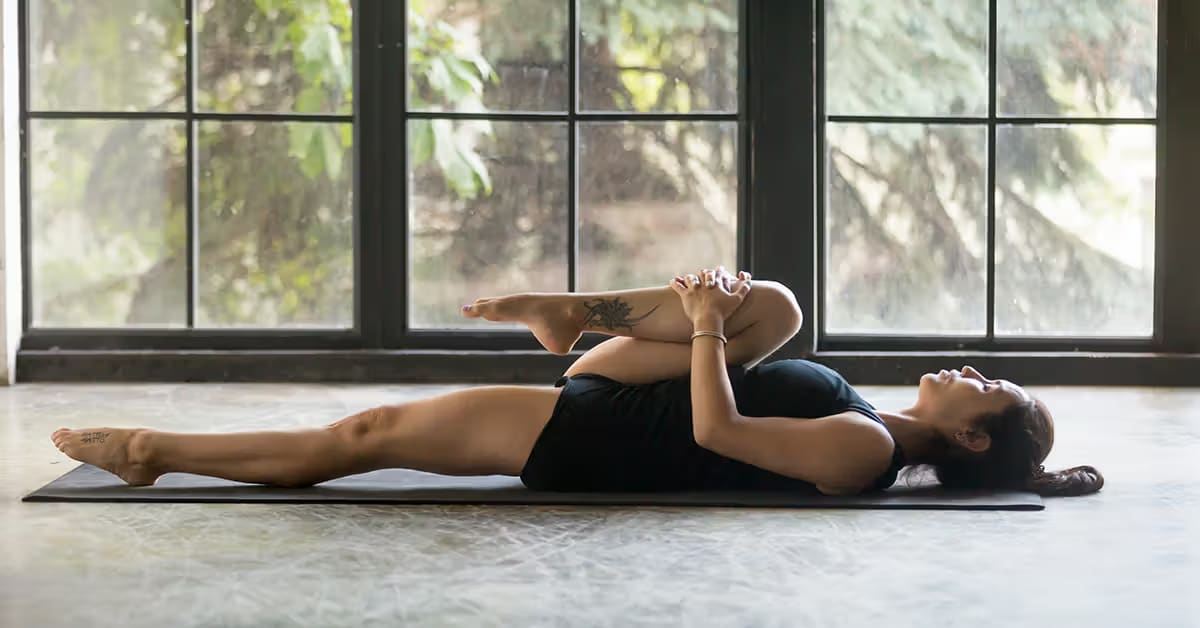Imagine waking up each morning feeling light and agile, ready to conquer the day. You might not realize it, but hip flexibility plays a pivotal role in achieving that elusive sense of freedom. Our hips are the hinges of our mobility—the unsung heroes that take us from sitting at our desks to running after our kids or hitting the gym. When they’re tight, everything feels restricted, affecting not just your movement but also your posture.
Good hip health is associated with better body alignment and can significantly influence how you carry yourself throughout the day. Whether you’re an athlete striving for peak performance or someone simply looking to enhance everyday activities, focusing on hip flexibility is key. Let’s dive into why flexible hips matter and explore some effective ways to improve yours!
The Benefits of Having Flexible Hips
Flexible hips play a crucial role in our daily movements. They enable a full range of motion, making activities like walking, running, and bending more effortless.
When the hips are flexible, it enhances athletic performance. You can jump higher and sprint faster when your hip joints move freely.
Good hip flexibility also contributes to better posture improvement. It helps align the body properly, reducing strain on the lower back and other areas.
Additionally, flexible hips support functional movements in everyday life. Simple tasks such as squatting or climbing stairs become easier with improved mobility.
Many people experience reduced pain from tightness or discomfort by focusing on hip health. This can lead to fewer injuries during physical activities.
Incorporating targeted stretching exercises into your routine promotes not only flexibility but overall well-being too.
Common Causes of Tight Hips
Tight hips can be a common problem, often stemming from various lifestyle factors. Sedentary habits play a significant role. Sitting for long periods can cause your hip flexors to tighten and shorten.
Another contributing factor is repetitive activities. Sports or exercises that involve the same motion, like running or cycling, can lead to muscle imbalances in the hips.
Poor posture also impacts hip flexibility. When you slouch or lean forward frequently, it places additional strain on these muscles over time.
Inadequate stretching before and after physical activity contributes as well. Neglecting warm-ups makes the muscles more prone to tightness.
Stress may manifest physically through tension in our bodies, including the hips. Understanding these causes is essential for addressing and improving hip health effectively.
How to Improve Hip Flexibility
Improving hip flexibility starts with awareness. Recognizing your current range of motion is essential. Simple movements can reveal tight spots.
Begin with dynamic stretching before workouts. Movements like leg swings and walking lunges warm up the hip area effectively. This primes your muscles for deeper stretches later on.
Incorporate yoga into your routine, focusing on poses that promote openness in the hips, such as pigeon pose or butterfly stretch. These help elongate muscles and enhance overall mobility.
Foam rolling is another useful technique to alleviate tension in tight areas. Spend a few minutes targeting your hip flexors to release any knots that may hinder movement.
Consistency matters when working on flexibility. Aim for short sessions several times a week, gradually increasing intensity as you progress. Stay mindful of how your body feels during each session; listen closely to its needs for optimal results.
Exercises for Better Hip Mobility
Improving hip mobility doesn’t have to be complicated. Simple exercises can make a significant difference in your movement and comfort.
Start with the pigeon pose. This yoga stretch helps open up the hips and enhances flexibility. Hold the position for several breaths, feeling the release in tight areas.
Another effective exercise is lunges. Incorporate forward, backward, and side lunges into your routine. They not only engage your hip flexors but also strengthen surrounding muscles.
The butterfly stretch is excellent for deepening hip range of motion. Sit on the floor, bring your feet together, and gently press down on your knees for a deeper stretch.
Don’t overlook leg swings as well! Stand next to a wall or sturdy surface. Swing one leg forward and backward while maintaining balance; this dynamic movement lubricates joints effectively.
These exercises can lead to noticeable improvements in mobility over time when practiced consistently.
Incorporating Stretching into Daily Routine
Incorporating stretching into your daily routine can be simple and effective. Start with just a few minutes each day. This practice doesn’t require special equipment or extensive time commitment.
Morning stretches help wake up your muscles and promote blood circulation. Try gentle hip openers as you get out of bed to kickstart your day.
During breaks at work, take a moment to stand up and stretch those hips. Even a minute of focused movement can alleviate tension and refocus your mind.
Consider integrating stretching into other activities like watching TV or waiting for food to cook. It’s an easy way to increase flexibility without disrupting your schedule.
Listen to your body; don’t force any movements but gradually ease into them. Consistency is key in achieving better mobility over time, leading to improved posture naturally throughout the day.
Conclusion: The Connection Between Hip Flexibility and Overall Health
Hip flexibility plays a crucial role in maintaining better posture and enhancing mobility. When the hips are flexible, they allow for optimal body alignment, reducing strain on other areas such as the back and knees. This contributes significantly to overall health.
Improved hip range of motion leads to more fluid movement patterns in daily activities. As you work on your hip health through targeted stretching exercises and mobility routines, you’ll likely notice increased comfort during physical activities, whether it’s running errands or engaging in sports.
Moreover, flexible hips can alleviate discomfort associated with prolonged sitting—a common issue today. With regular practice of hip mobility exercises and integrating stretching into your daily routine, you’re not just working towards better posture; you’re also investing in long-term wellness.
Prioritizing hip flexibility opens up numerous benefits that extend beyond mere aesthetics or athletic performance. It fosters an active lifestyle while supporting the body’s natural mechanics. Keeping your hips healthy is essential for functioning optimally now and as you age—it’s never too late to start focusing on this vital aspect of fitness!






